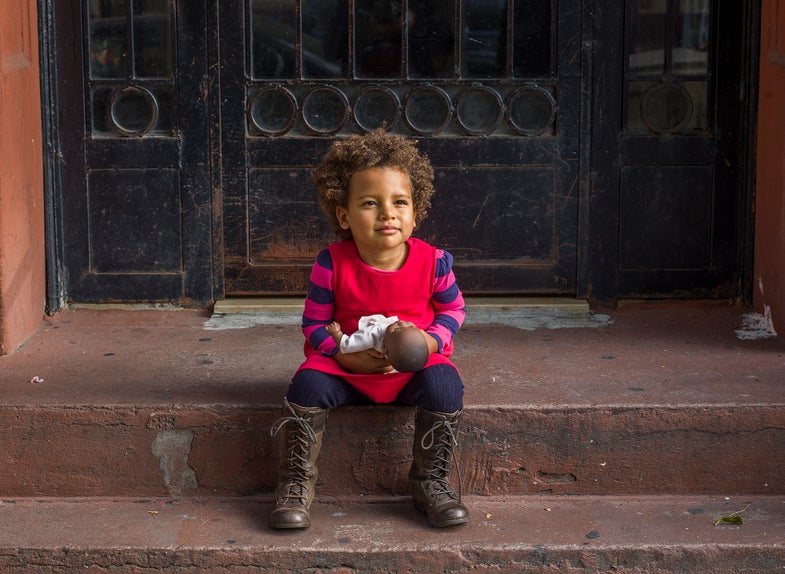Hands-On: Hasselblad CFV-50c Digital Camera Back
The new device from Hasselblad brings digital functionality to an old favorite.

We may earn revenue from the products available on this page and participate in affiliate programs. Learn more ›
We had the chance to shoot with Hasselblad’s newest digital back, the CFV-50c and had a lot of fun testing it out. Most digital medium format backs you may have seen before are designed to match contemporary cameras, but the CFV-50c is designed to work with any of their V system cameras from 1957 up to today. The design matches up nicely with their 500C/M – one of the brand’s most iconic designs. Black leatherette wraps a chrome-finished body whose lines emulate the mid-century analog film backs that came before it. On the V series backs, where you’d once see a manual film-advance lever, you’ll now find the memory card slot – very clever. A three-inch color screen adorns the rear of the device above a few buttons which control its pared-down menu options.
Despite the CFV-50c’s straight-forward design, using it can take some getting used to. We tested the back on the classic 500 C/M, a fully mechanical 6×6 SLR. Because it’s an SLR, the camera must be placed into mirror lock-up mode in order to see a Live View from the sensor. Another thing that tripped us up is the fact that sensor is not always “on”. After the CFV-50c detects that the shutter has been fired, it becomes active for an exposure time that’s selected in the back’s menu options. It took us a minute to realize that this exposure had to be longer than the shutter speed set manually on the lens’ leaf shutter.
We really enjoyed using the analog viewfinder on the 500 C/M – there’s nothing quite like the image seen on ground glass. After a few shots with it, we realized that the camera’s sensor was in 4:3 ratio (6×4.5 film equivalent) and our viewfinder was, of course, square. Luckily, the camera Hasselblad supplied us with included multiple framing guides to compensate for this difference.
The issues we had with the system are largely to be expected from the unusual fusion of contemporary-digital to vintage-analog technology. Despite a couple of initial setbacks, we thoroughly enjoyed using the camera, especially “winding” it between shots to reset its mirror.
Judging from the files we pulled off the CFV-50c’s card at the end of our session with it, it produces good-looking files at ISO’s much higher than previous Hasselblad backs we’ve used. It’s 50 MP sensor will reach sensitivities as high as 6400 and captures 16-bit RAW 3F files on a CF card. As mentioned earlier, its digital menu is bare-bones and easy to navigate. We felt the process of deleting files from the back itself to be a little bit cumbersome. Considering that the back is ultimately a studio accessory (it includes a FireWire 800 port for tethered capture), perhaps this isn’t really too much of an issue though.
All in all, we had a real hoot with this back – there’s really nothing else like it on the market. Enthusiasts of vintage cameras will adore the CFV-50c as long as they can afford it, too…it’ll set you back a hefty sum to the tune of $9,995.00 street.



